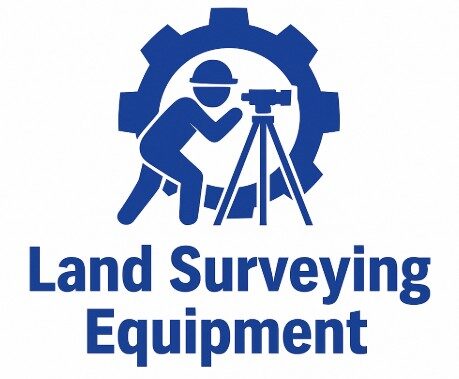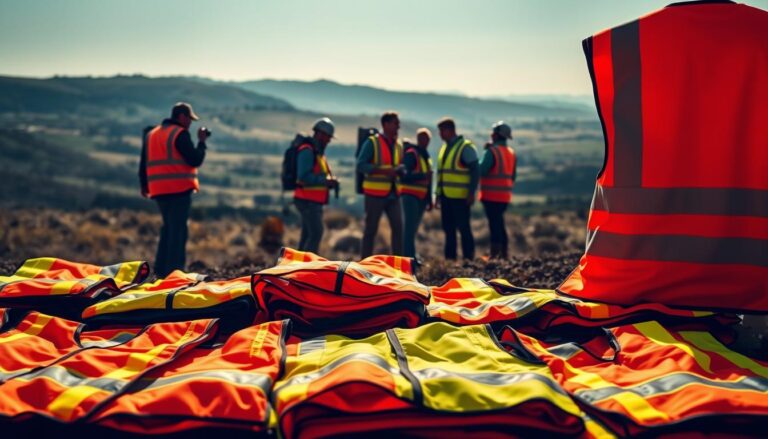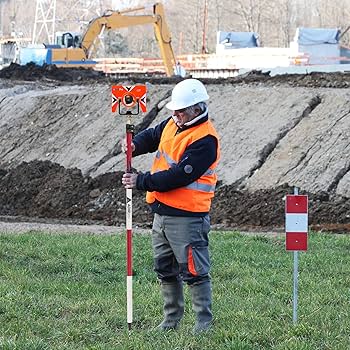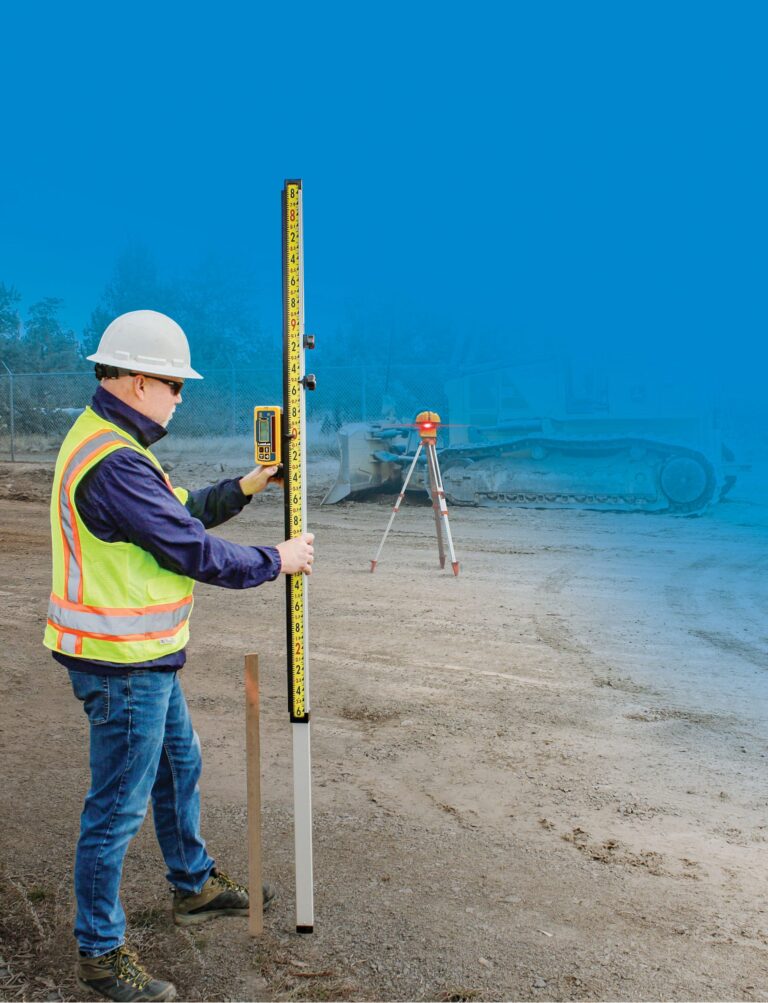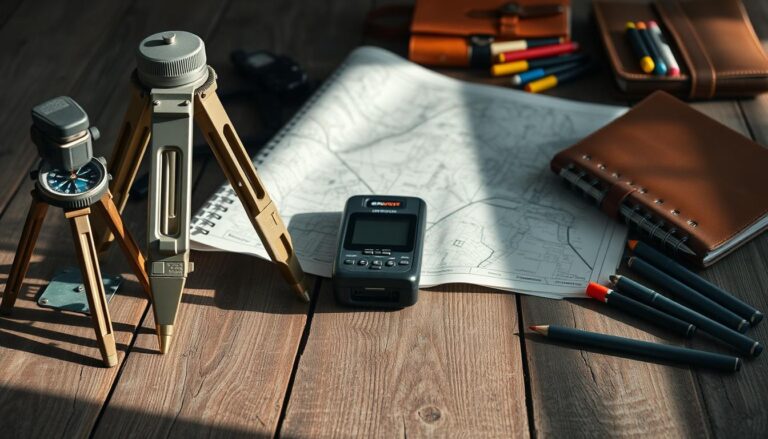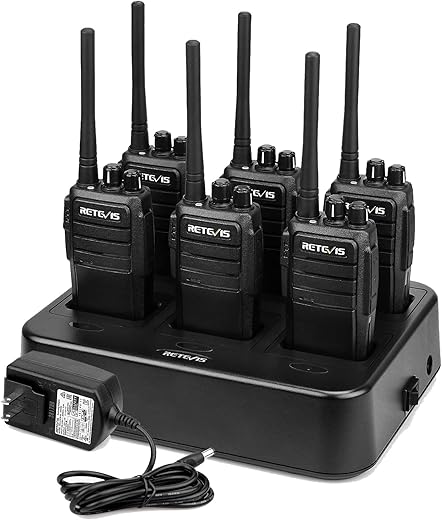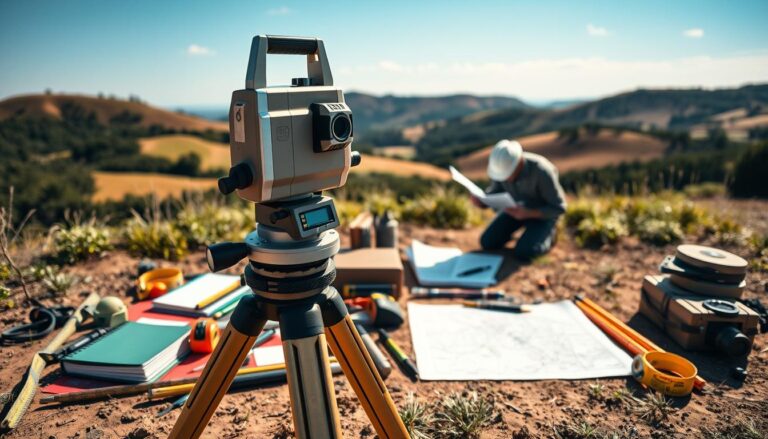Top Features to Consider When Buying a Leveling Rod
Choosing the right leveling rod is key for precise measurements in many projects. A leveling rod, also known as a grade rod, helps find elevation differences.
Leveling rods come in wood, plastic, and fiberglass, each with its own perks. For example, Sokkia Grade Rod and Seco Grade Rod are known for their quality and lasting use.
When picking a leveling rod, several things matter for accurate and dependable measurements. This article will help you know what to look for when buying.
Key Takeaways
- Understand the different materials used for leveling rods.
- Consider the durability and quality of the rod.
- Look for rods with precise measurement markings.
- Choose a rod that suits your specific project needs.
- Familiarize yourself with reputable brands like Sokkia and Seco.
What Are Leveling Rods and Why They Matter
Leveling rods are key to getting things right in many fields. They are essential in construction, surveying, and engineering.
Basic Functions and Applications are vital for leveling rods. They measure height differences, which is key for even surfaces and proper building.
Basic Functions and Applications
Leveling rods help in construction by measuring foundation, road, and bridge heights. They also aid in surveying to find land elevations and set reference points.
The primary function of a leveling rod is to measure height differences. It does this by using a level instrument and a rod held vertically.
Types of Leveling Rods Available Today
There are many types of leveling rods, each for different needs. The main types include:
- Engineer’s Rod: Used for precise measurements, these rods are in decimal feet or meters. They are perfect for engineering and surveying.
- Builder’s/Architect’s Rod: Ideal for construction, these rods are in feet and inches. They suit builders and architects well.
- Direct Elevation Rod: For quick elevation readings, these rods are handy. They are great for fast height measurements.
Knowing about the different leveling rods and their uses is important. It helps choose the right tool for the job, ensuring accuracy and project efficiency.
Top Features to Look for When Buying a Leveling Rod
When you’re looking to buy a leveling rod, some key features stand out. They ensure your measurements are accurate and reliable.
The right leveling rod depends on several things. These include the task’s needs, the environment, and how precise you need to be.
Essential Features for Professional Surveyors
Professional surveyors need a few key things. They look for high accuracy, durability, and ease of use. A top-notch leveling rod should have:
- High-precision graduations for accurate measurements
- Robust construction to withstand harsh outdoor conditions
- Easy-to-read markings, even in low-light environments
Important Features for Construction Applications
In construction applications, certain features are crucial. They focus on ease of use, readability, and versatility. Look for:
- Telescoping or folding designs for convenient storage and transport
- Clear, bold markings for easy readability
- Compatibility with various surveying equipment and software
By focusing on these features, professionals can find a leveling rod that fits their needs. It will also improve their work efficiency.
Material and Construction Quality
The material of leveling rods is key for durable leveling rods and performance. The right material helps the rod handle different environments and stay accurate over time.
Fiberglass vs. Aluminum vs. Wooden Rods
Leveling rods come in three main materials: fiberglass, aluminum, and wood. Each leveling rod material has its own strengths and weaknesses.
Pros and Cons of Each Material
- Fiberglass Leveling Rods
- Resistant to moisture and humidity
- High durability and impact resistance
- Generally more expensive than other materials
- Aluminum Leveling Rods
- Lightweight and easy to transport
- High strength-to-weight ratio
- Can be prone to scratches and dents
- Wooden Leveling Rods
- Traditional choice with a long history of use
- Can be less expensive than fiberglass or aluminum
- More susceptible to warping and moisture damage
Durability Considerations
The durability of a leveling grade rod depends a lot on its material. For example, fiberglass leveling rods are great for harsh conditions. Aluminum rods are a good mix of lightness and strength.
Impact Resistance and Longevity
A leveling rod’s impact resistance is key for its long life. In construction and surveying, it faces tough conditions. Fiberglass rods are often picked for their ability to handle impacts well.
The rod’s construction also affects its longevity. A well-made rod, no matter the material, lasts longer than a poorly made one. The quality of joints, graduation accuracy, and craftsmanship are all important.
Measurement Accuracy and Precision
Accuracy and precision are key for a top-notch leveling rod. They are crucial for the success of surveying and construction projects.
The type and size of graduations on a leveling rod matter a lot. Different projects need different levels of precision. So, the right leveling rod should match the project’s needs.
Graduation Types and Sizes
Leveling rods come with different graduation types. You can find E-Pattern and standard graduations. They also come in metric and imperial measurement systems.
E-Pattern vs. Standard Graduations
E-Pattern graduations are for precise measurements. They’re used in professional surveying. Standard graduations are more flexible and work for various projects.
Metric vs. Imperial Measurements
The choice between metric and imperial measurements depends on the project’s needs. Metric is used worldwide, while imperial is common in some areas.
| Graduation Type | Measurement System | Typical Application |
|---|---|---|
| E-Pattern | Metric | Professional Surveying |
| Standard | Imperial | Construction |
| E-Pattern | Imperial | High-Precision Construction |
Calibration Standards and Certifications
Manufacturers follow calibration standards and get certifications for precision leveling rods. These standards ensure the rods give accurate measurements in various conditions.
Calibration checks the rod’s measurements against a known standard. Certifications from trusted bodies prove the rod’s quality and reliability.
Rod Length and Extension Capabilities
Leveling rods come in different lengths and designs. They meet various surveying and construction needs. The right choice depends on the project’s terrain and precision needs.
Standard Lengths and When They’re Appropriate
Standard leveling rods are 3 to 7 meters long. They’re good for projects needing measurements within that range. Fixed length rods are simple and reliable.
For many projects, a standard rod is enough. But for longer distances or big elevation changes, rods that extend are better.
Telescoping vs. Folding Designs
Telescoping rods extend to various lengths. They’re versatile for complex terrains or long measurements. They’re ideal for surveying and construction.
Folding rods are convenient for carrying and storing. They’re not as compact as telescoping rods but are easier to handle.
Locking Mechanisms and Stability
Locking mechanisms are key for both telescoping and folding rods. A good lock keeps the rod stable and secure. This is vital for accurate measurements.
Maximum Extension Considerations
Telescoping and folding rods have a max extension length. Going beyond this can affect stability and accuracy. Always check the manufacturer’s specs to stay within limits.
Here’s a comparison of telescoping and folding leveling rods:
| Feature | Telescoping Rods | Folding Rods |
|---|---|---|
| Extension Mechanism | Sections slide into each other | Sections fold against each other |
| Portability | Compact when collapsed | Easy to carry and store |
| Stability at Max Extension | Generally stable with proper locking | Can be less stable if not locked properly |
Readability and Visibility Features
Readability and visibility are key when it comes to leveling rods. They can make or break a project’s accuracy.
The readability of a leveling rod depends a lot on its color coding and contrast. Different makers use different colors. Some are easier to read than others, no matter the light.
Color Coding and Contrast
The color used on a leveling rod matters a lot. High-contrast colors like black and white or red and white are best. They’re easy to see in any light.
Some rods have alternating color patterns to help you read them better. For example, a rod might have red and black on a white background. This makes it easier to tell different parts apart.
| Color Scheme | Readability Score | Lighting Condition |
|---|---|---|
| Black and White | 9/10 | Bright |
| Red and White | 8.5/10 | Low Light |
| Red, Black, and White | 9.5/10 | Variable |
Numbering Systems and Clarity
The numbers on a leveling rod are also important. Clear and concise numbering helps avoid mistakes and improves accuracy.
Some rods have large, bold numbers to make them easier to see. Others use numbers and lines for more measurements.
Performance in Different Lighting Conditions
A leveling rod needs to work well in all kinds of light. Reflective or glow-in-the-dark markings are great in dark places.
In short, picking the right leveling rod means looking at its readability and visibility. This ensures your measurements are accurate and quick.
Weather Resistance and Environmental Durability
For professionals, a leveling rod’s durability in different weather is key. These tools face harsh conditions like rain, snow, and extreme temperatures. This can impact their performance and lifespan.
Weather-resistant leveling rods are made to work well in tough weather. They must handle moisture well.
Waterproof and Moisture-Resistant Properties
Today’s leveling rods often have waterproof and moisture-resistant materials. For example, fiberglass or aluminum rods get special coatings. These prevent water and corrosion.
Thanks to these materials and coatings, the rod stays accurate even in wet conditions.
Temperature Tolerance and Dimensional Stability
It’s also important for the rod to keep its shape in various temperatures. If it changes size with temperature, it can mess up measurements.
Top-notch leveling rods use materials with low thermal expansion properties. This means they stay accurate in both hot and cold.
Choosing a rod that’s weather-resistant and durable helps professionals. It means their tools can handle the job site better. This reduces the need for frequent replacements and keeps measurements accurate.
Portability and Ergonomic Considerations
Portability and ergonomic design are key in leveling rods. They affect how well users work and how long they can work without getting tired. When professionals are on-site, it’s important to be able to move and use their tools easily.
Weight Distribution and Balance
A good leveling rod should be balanced for easy handling. Ergonomic design helps reduce strain, which is important for long tasks. A balanced rod makes work smoother and less tiring.
The material of the rod also matters. For example, fiberglass rods are lighter than wooden ones, making them easier to carry. Aluminum rods are durable and not too heavy.
Transportation and Storage Solutions
Good ways to carry and store leveling rods are crucial. Many rods are made to be easy to carry, with designs that fold or telescope. This makes them simpler to move around.
Think about storage when picking a leveling rod. Does it come with a case or bag? Good storage keeps the rod safe and in good shape for longer.
In summary, picking the right leveling rod means looking at its portability and design. A rod that’s balanced, easy to carry, and store makes work better and more efficient.
Sokkia Grade Rods: Premium Features and Benefits
Sokkia grade rods are top-notch for precise leveling. They are made with care and have a smart design. Sokkia is a big name in surveying, known for its top-notch gear.
These rods are made with the user in mind. They have features that make them work well and last long. They help surveyors and engineers get accurate measurements in many places.
Popular Sokkia Models for Different Applications
Sokkia has many grade rods for different needs. The Sokkia SVR Series and the Sokkia BGS Series are two popular ones.
Sokkia SVR Series Features
The Sokkia SVR Series is great for precise leveling. It has:
- High-accuracy graduations for precise measurements
- Durable construction to withstand harsh field conditions
- Easy-to-read markings for improved visibility
Sokkia BGS Series Advantages
The Sokkia BGS Series is also loved by surveyors. It offers:
- Robust design for enhanced durability
- Versatile application across various surveying tasks
- User-friendly features for efficient operation
Both series show Sokkia’s focus on quality and meeting different needs.
What Sets Sokkia Grade Rods Apart
Sokkia grade rods are known for their quality, new features, and reliability. Here’s why they stand out:
| Feature | Sokkia Grade Rods | Competitor Rods |
|---|---|---|
| Accuracy | High-precision graduations | Standard graduations |
| Durability | Robust construction | Varies by manufacturer |
| User Experience | User-friendly design | Basic design |
The table shows how Sokkia rods differ from others. It highlights their premium features and benefits, making Sokkia a top choice.
In summary, Sokkia grade rods show the brand’s commitment to quality and innovation. They are perfect for any surveying project or precise leveling in construction.
Seco Grade Rods: Professional Features and Benefits
Seco grade rods are a top pick for pros in surveying and construction.
They’re built for precise measurements and can handle tough work sites. Seco has many models to fit all project needs.
Popular Seco Models and Their Specifications
Seco has a range of grade rods, each with special features. They’re mainly made of fiberglass and aluminum.
Seco Fiberglass Rod Options
Seco’s fiberglass grade rods are tough and great for harsh weather. They’re also less likely to get damaged by moisture.
These rods come in various lengths and details. Professionals love their flexibility and accuracy.
Seco Aluminum Rod Variations
Seco’s aluminum rods are light but strong for leveling. They’re made for precision and come in different sizes for projects.
These rods are easy to use and durable. They’re a hit with surveyors and builders.
Unique Advantages of Choosing Seco
Choosing Seco means you get quality and precision. Seco focuses on details and tests their rods hard to ensure top quality.
Seco rods are also designed for the user. They have ergonomic designs and easy-to-read graduations. This makes them simple to use, even in tough spots.
Seco grade rods are a solid choice for pros in surveying and construction.
Price Range and Value Assessment
Understanding the price range and value of leveling rods is key to making a good choice. Prices vary based on features, quality, and brand.
The market has many leveling rods. You can find affordable options for occasional use and professional-grade rods for frequent, precise work.
Budget-Friendly vs. Professional-Grade Options
If you’re on a tight budget or use it less often, budget-friendly leveling rods are a good choice. They have basic features but lack the advanced functions of pricier rods.
Professional-grade leveling rods are for those who need high precision and durability. They cost more but offer advanced materials, higher accuracy, and strong construction.
Cost-Benefit Analysis for Different User Types
The value of leveling rods depends on your needs and how often you use it. For professional surveyors and construction workers, the cost of a professional-grade rod is worth it for its durability and precision.
If you’re a hobbyist or use it only sometimes, a cheaper option might be enough. It gives you the needed functionality without the high price.
- For frequent or high-precision use, consider investing in a professional-grade leveling rod.
- For occasional or basic applications, a budget-friendly option may suffice.
Maintenance Tips to Extend Your Leveling Rod’s Lifespan
To keep your leveling rod in top shape, regular care is key. A well-kept leveling rod gives accurate readings and lasts longer. It’s a smart choice for both pros and DIY fans.
Cleaning and Proper Storage Practices
Cleaning your leveling rod often is a must. It removes dirt and grime that can mess with its accuracy. Use a soft cloth and mild soap to clean it, focusing on the important parts.
Don’t use harsh chemicals or rough materials that could harm the rod. They can damage its surface.
Storing it right is also important. Keep your leveling rod in a dry, cool spot, away from sunlight. A protective case helps prevent damage from drops or the weather.
Handling and Transport Best Practices
Be gentle when handling your leveling rod. Avoid drops and impacts that could damage it. Use a good case to protect it when moving it around.
Always follow the maker’s advice on how to handle and move your rod. Some models have special care needs.
By keeping up with these maintenance tips, your leveling rod will last longer. It will keep giving you accurate readings. Regular care saves money and boosts your reputation by making your work precise and reliable.
Conclusion
Choosing the best leveling grade rod is key for accurate and efficient work in surveying and construction. This guide helps professionals pick the best leveling rod for their needs. It covers important features, materials, and uses.
When looking at different rods, it’s important to check their material, how well they measure, and how easy they are to read. Brands like Sokkia and Seco make high-quality rods for many uses.
The right leveling rod depends on what you need, where you’ll use it, and your budget. This guide helps you find a rod that fits your project’s needs and works well.
Investing in a good leveling rod and taking care of it helps get the best results. It also makes your equipment last longer.
